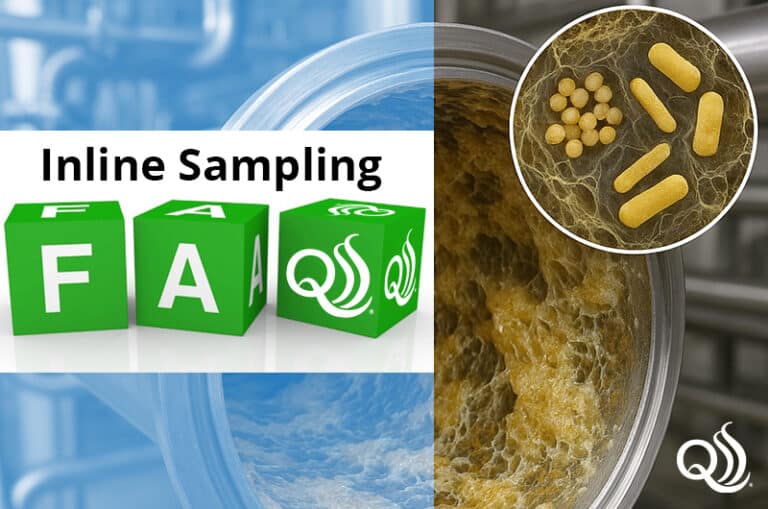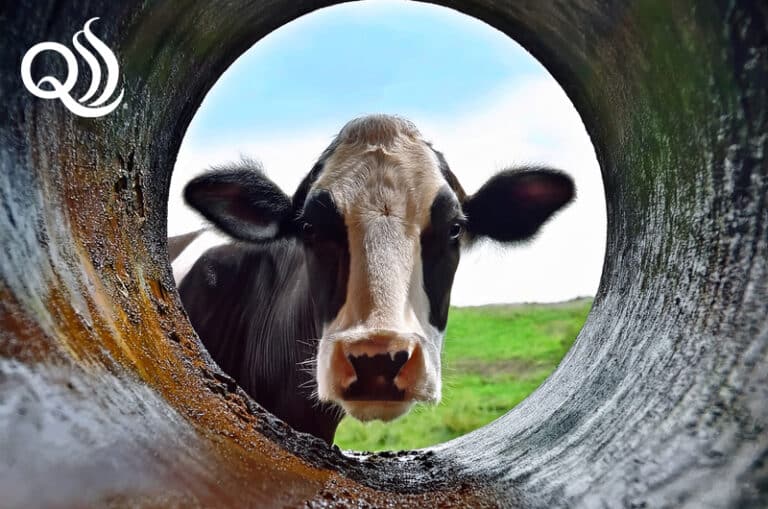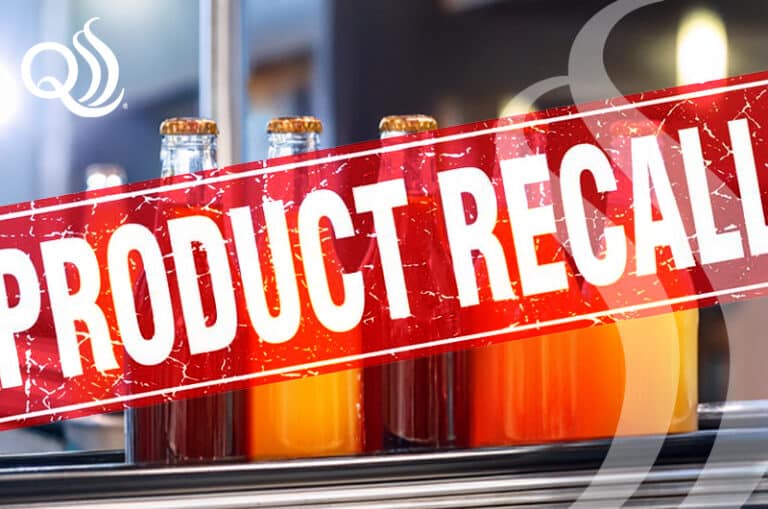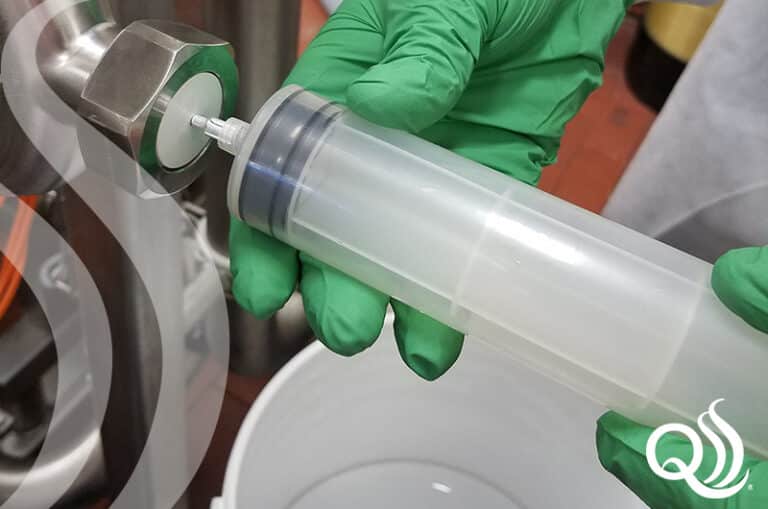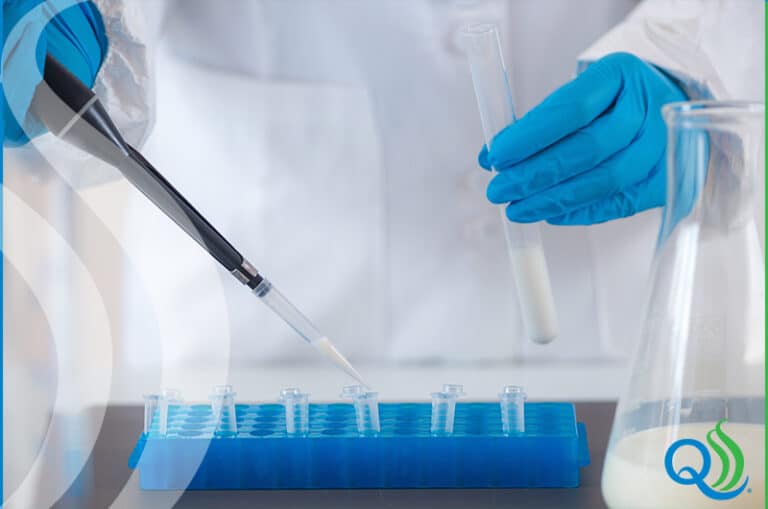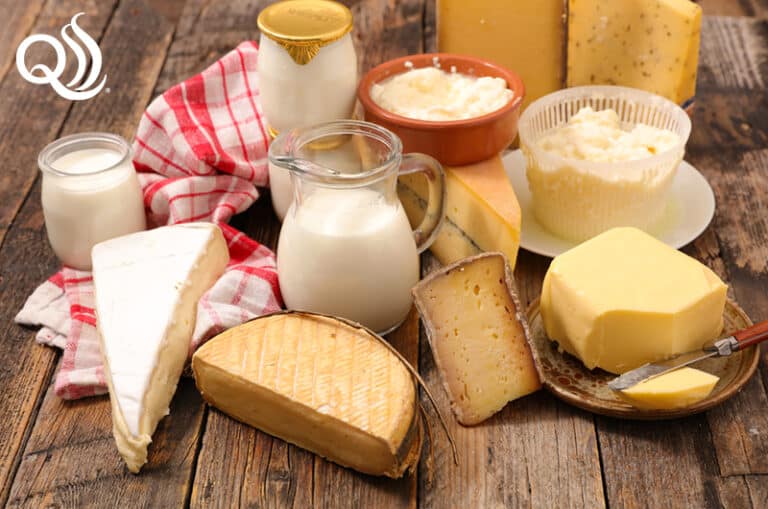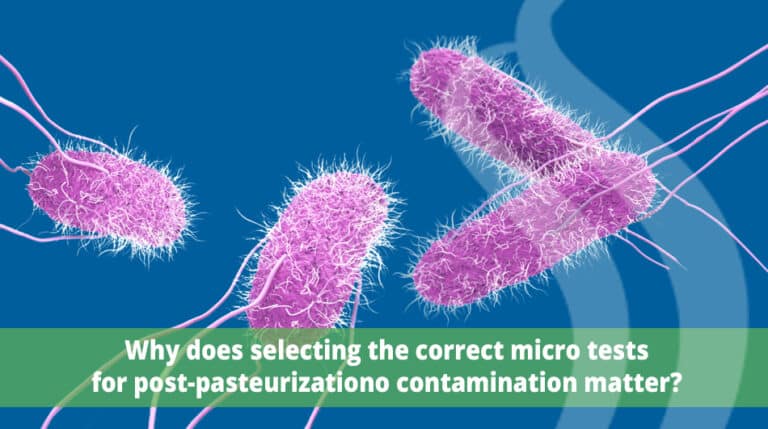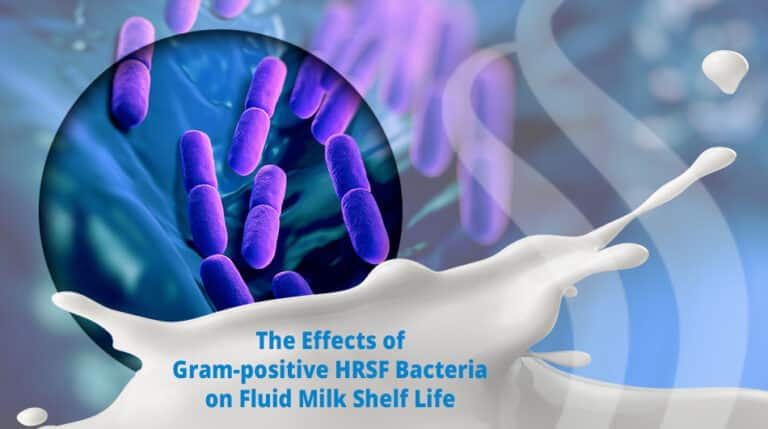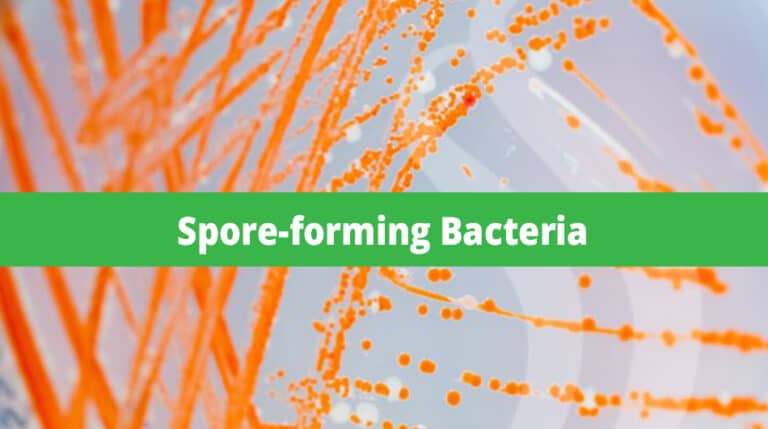Inline Sampling for Detection of Microbial Contamination: Frequently Asked Questions
Detection of microbial contamination is essential to ensuring liquid food and beverage safety—and protecting your brand. Inline sampling provides a reliable, real-time method to identify contamination risks early and maintain control over your process. I recently joined QualiTru as Director of Business Development because I’m passionate about working with companies that make a real impact….

